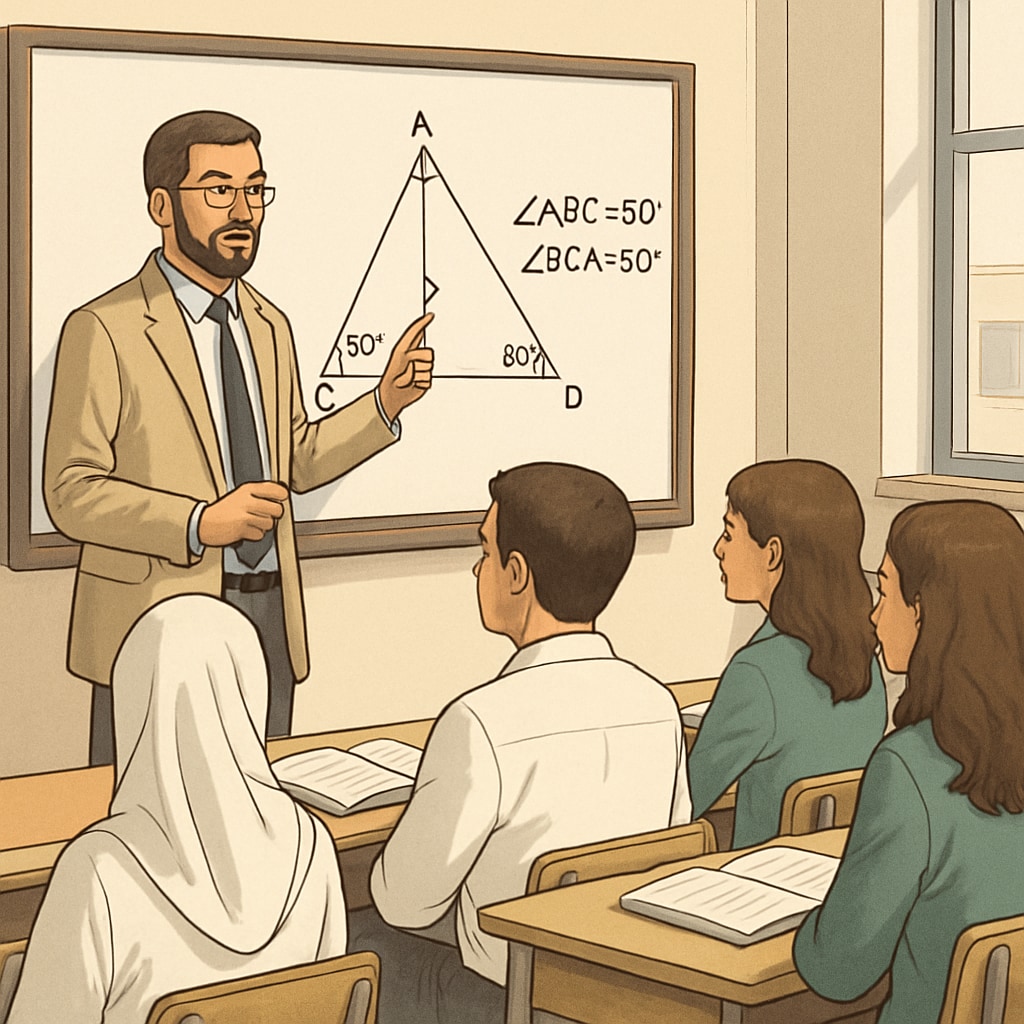High school math challenges, particularly in Arabic-language teaching environments, often create significant barriers for both educators and students. Addressing these challenges requires a thorough understanding of the difficulties students face and the development of tailored teaching strategies. This article delves into the common obstacles in high school mathematics education and presents practical optimization techniques for educators, with a special focus on Arabic-language contexts.
Identifying Common Challenges in High School Math Education
High school mathematics is often perceived as a daunting subject due to its abstract concepts and cumulative learning structure. Students frequently struggle with topics such as calculus, algebra, and geometry. Furthermore, in Arabic-language classrooms, additional challenges arise from the complexity of translating mathematical terminology and ensuring cultural relevance.
Some prominent issues include:
- Language barriers: The translation of mathematical terms into Arabic can sometimes lead to ambiguity, particularly for non-native speakers of Arabic.
- Abstract concepts: Topics like limits, derivatives, and integrals demand a high level of conceptual thinking, which can be challenging without proper scaffolding.
- Lack of contextual examples: The absence of real-world applications in teaching materials can make math seem irrelevant to students’ lives.

Optimizing High School Math Content for Arabic-Language Classrooms
To overcome these challenges, educators need to adopt innovative approaches that suit the linguistic and cultural needs of their students. Below are some strategies that can help optimize math teaching in Arabic-language classrooms:
- Use bilingual resources: Incorporating math textbooks and materials in both Arabic and English can help students bridge linguistic gaps. Additionally, interactive tools like Khan Academy provide math lessons in multiple languages, including Arabic.
- Focus on visual aids: Diagrams, graphs, and visual demonstrations can make abstract concepts more accessible. For example, using dynamic geometry software can help students visualize transformations and relationships.
- Integrate real-world examples: Relating math problems to local contexts, such as calculating the area of a traditional Arabic architectural design, can make lessons more engaging.
- Encourage collaborative learning: Group exercises and discussions help students articulate their thoughts and learn from their peers. This approach also fosters a supportive learning environment.

Leveraging Technology to Enhance Learning
Technology plays a pivotal role in modern education and can significantly enhance the learning experience in math classrooms. Online platforms, educational apps, and virtual simulations allow students to practice and visualize mathematical concepts at their own pace. For example, tools like GeoGebra and Desmos provide interactive environments for exploring geometry and algebra.
Additionally, incorporating technology helps address diverse learning styles. Visual learners benefit from graphical representations, while auditory learners can use podcasts or video tutorials. As a result, technology enables a more personalized learning experience tailored to individual needs.
Mathematics on Britannica also offers a wealth of resources for both students and educators, making it an excellent supplement to traditional teaching methods.
Conclusion: A Collaborative Effort for Success
High school math challenges, particularly in Arabic-language teaching contexts, require a multifaceted approach for effective resolution. By addressing language barriers, utilizing technology, and integrating culturally relevant examples, educators can create an inclusive and engaging learning environment. Ultimately, these strategies not only improve academic outcomes but also cultivate a lifelong appreciation for mathematics among students.
To ensure success, collaboration between educators, curriculum developers, and policymakers is essential. Together, they can develop resources and training programs that empower teachers and inspire students, building a brighter future for math education in Arabic-speaking regions.
Readability guidance: This article employs short paragraphs, bullet points, and clear transitions to maintain readability. It avoids jargon and ensures accessibility for a broad audience.


